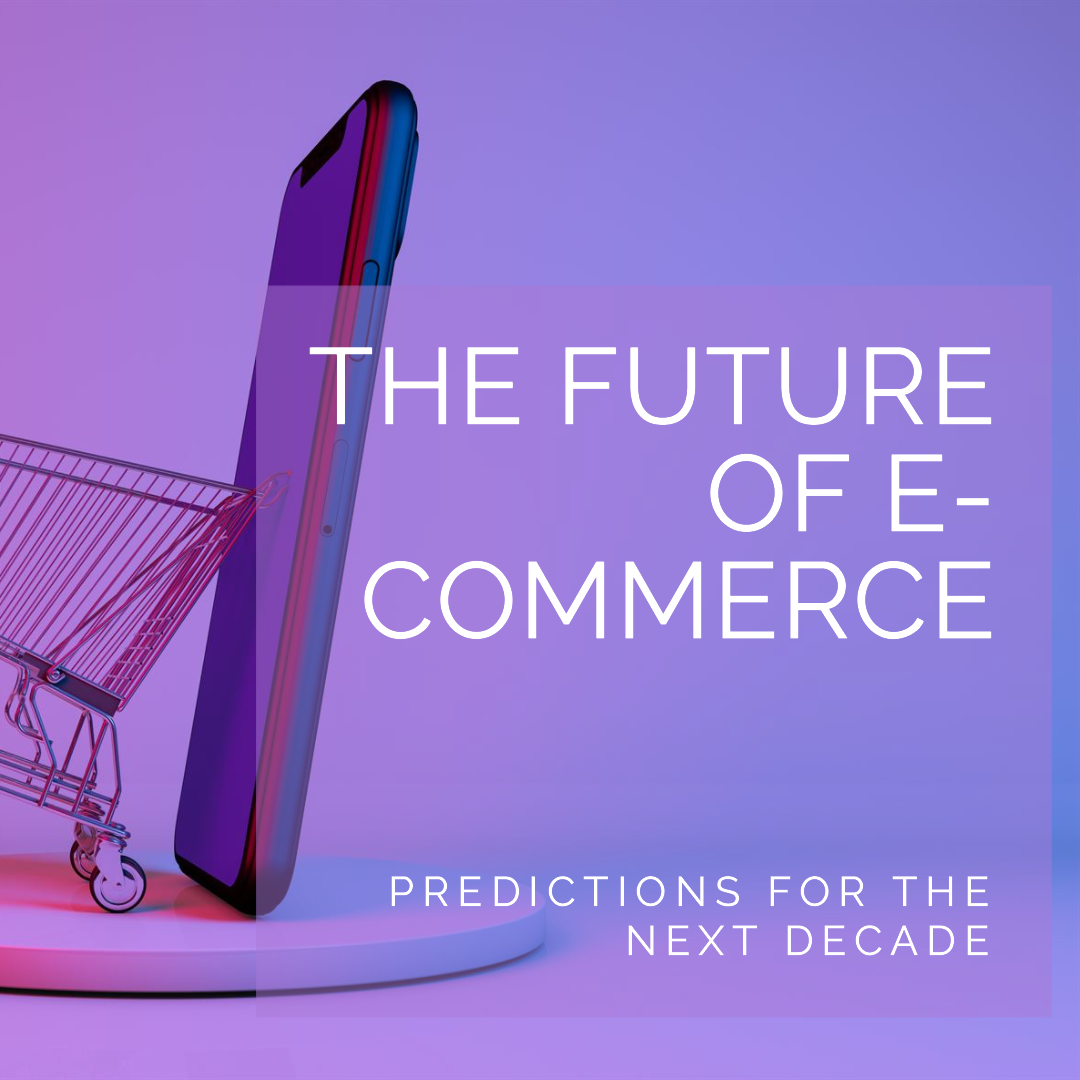E-commerce has undeniably reshaped the way we shop, offering unparalleled convenience and a vast array of choices right at our fingertips. As we stand at the threshold of another decade, it’s intriguing to ponder what the future holds for online shopping. Here are some predictions for the next ten years of e-commerce:
1. Augmented Reality (AR) Shopping Experiences:
Imagine trying on a pair of shoes or visualizing how a sofa looks in your living room without leaving your home. AR will bridge the gap between the tactile satisfaction of in-store shopping and the convenience of online shopping.
2. Personalized Shopping Journeys:
With advancements in AI and machine learning, e-commerce platforms will offer hyper-personalized shopping experiences. From product recommendations to individualized promotions, shopping will feel more tailored than ever.
3. Sustainable and Ethical Shopping:
Consumers are becoming increasingly conscious of their environmental and social impact. E-commerce platforms will prioritize sustainable products, eco-friendly packaging, and ethical sourcing.
4. Direct-to-Consumer (D2C) Growth:
Brands will continue to bypass traditional retailers, selling directly to consumers. This model not only increases profit margins but also allows for a more personalized brand-consumer relationship.
5. Enhanced Payment Options:
Cryptocurrencies, “buy now, pay later” models, and other alternative payment methods will become more mainstream, offering consumers more flexibility.
6. Global Shopping Platforms:
Cross-border shopping will be smoother, with platforms offering multi-currency pricing, global shipping solutions, and localized marketing strategies.
7. Voice-Activated Shopping:
With the rise of smart home devices, voice shopping will become a significant segment of e-commerce. “Alexa, order my favorite shampoo” might be a common refrain.
8. Dynamic Pricing Models:
Using real-time algorithms, prices will adjust based on demand, stock levels, and user behavior, ensuring competitive pricing for consumers and optimal profit margins for sellers.
9. Virtual Shopping Assistants:
AI-driven bots will guide users through their shopping journey, answering questions, offering recommendations, and even assisting with post-purchase support.
10. Enhanced Security Protocols:
As e-commerce grows, so does the risk of cyber threats. Advanced security measures, including biometric verification and blockchain applications, will become standard.
In conclusion, the next decade promises a blend of technological advancements and shifts in consumer behavior, propelling e-commerce into a new era. While these predictions offer a glimpse into the future, one thing is certain: e-commerce will continue to evolve, adapt, and surprise us in ways we can’t even imagine yet.


